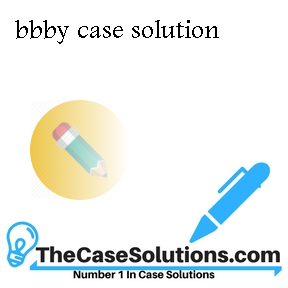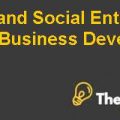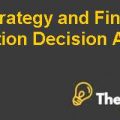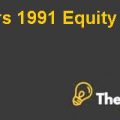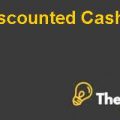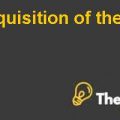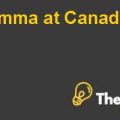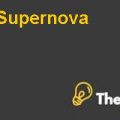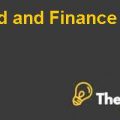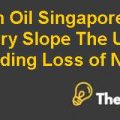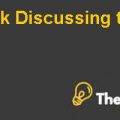Case Synopsis
Mr Warren Eisenberg and Leonard Feinstein are the co-founders of the company known as Bed, Bath and Beyond. They have established BBBY by opening two stores in the year 1971. The industry is found to be very competitive and thus the business is a success in the market. In addition to this, the company has successfully been able to enhance its strengths that in turn leads the company towards growth and success.
The management of the company is making various attempts to expand its operation through making best use of the opportunities available. In order to expand its business, the company has opened various outlets to compete with various competitors in the market. With a growth in the business, the management of the company soon realized that the company is required to be financed for the purpose of its expansion. To do this, the company shared its IPOs in the public after taking complete authorization from the senior board members and from the government. Initially, the company was famous as the company with no debt, but now, the company has faced various challenges to integrate debt in the financial structure of the company. Industry analyst was given a mixed view, by some having positive views about the approach and the others with negative views.
For now, the company has an availability of two alternatives that is either issuing debts with special discounts or issuing debts along with repurchasing its equity. The first alternative would result in high cost, but help the company in maintaining a balance between equity and debt ratios. On the contrary, the second alternative will have more cost in terms of financial leverage and that in turn reduce the equity from the market.
For this purpose, the company has deducted its shareholders and integrate another party for giving debt to the company. Various financial leverage has been used for the analysis that includes the percentages of 20, 40, 60 and 80. With an increase in financial leverage, the company was able to earn profits because of the increase in interest cost burden. Out of these options, 40%t of financial leverage is highly recommended because of its universality in terms of capital structure.
Q 1: Currently Bed, Bath and beyond does not have any debt in its capital structure, please suggest what debt-equity ratio / capital structure will suit best so as to maximize the value of the firm?
As per the previous performance of BBBY, the company has never been in debt financing because the company has sufficient capital to fulfil its needs. Moreover, retailing industry always requires cash in terms of expansion and that has become an edge for the company. In addition to this, the previous performance of the company has been up to mark and that in turn has been giving satisfactory returns to their investors.
On the contrary, the most recent balance sheet of the company has shown an excess amount of cash that has been an indicator of a company as a good performer. However, from the investor’s viewpoint, that was not at all a good indicator as it became a main issue for the company as they were unaware to utilize its excess amount of cash in most effective and efficient way. This shows lacking in management as it has failed to hold the capital structure of the company.
In addition to this, the extra amount of cash has negative consequences on the company in terms of earnings per share and returns that would lead the company towards bankruptcy and divestiture. In all the situation it is a clear indication for the company to include some percentage of debt plans in the company as well. In this way, the company would be better able to help its investors in terms of financial gains. Along with this, the company has successfully maintained its positive returns in the past as earnings of the company has increased by more than 300 times in 2004 as compared to 1993. In order to sustain the competitive edge and financial performance, there is a high need to include debt financing in its capital structure as well. Calculations have been provided in the spreadsheet for all four options.
20 % debt in capital structure
In the twenty percent capital structure, the debt is generated around 318 million and the interest coverage time is fifty percent which means it has more earnings before interest and tax to cover the interest cost. The effect of this financial leverage would be that EPS will increase to $1.4 as compared to actual EPS $1.35. This shows better earnings but it would lower earnings before tax. The present value of tax shield shows....................
This is just a sample partial case solution. Please place the order on the website to order your own originally done case solution.

